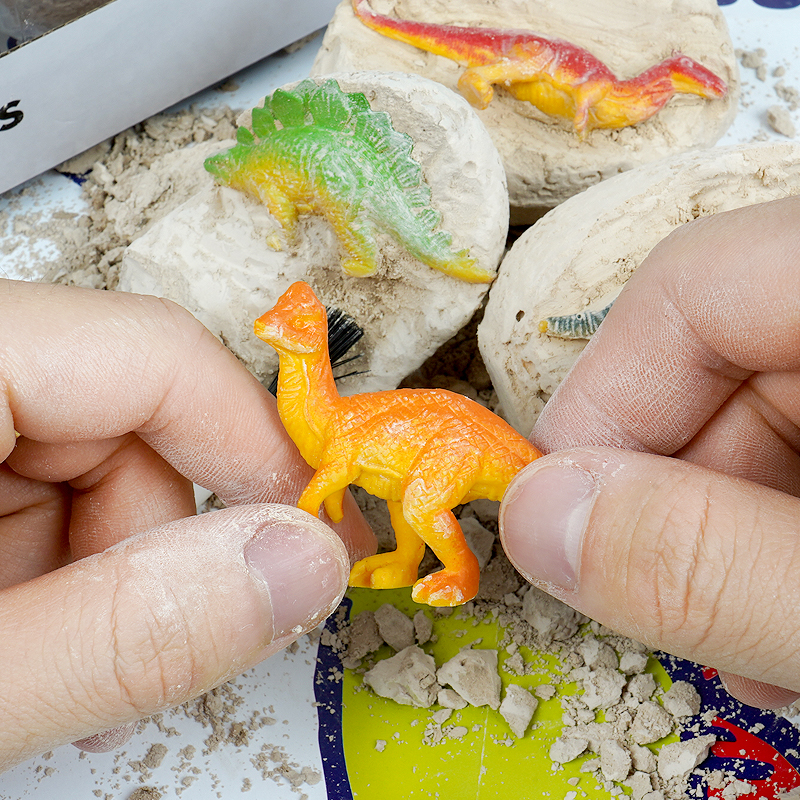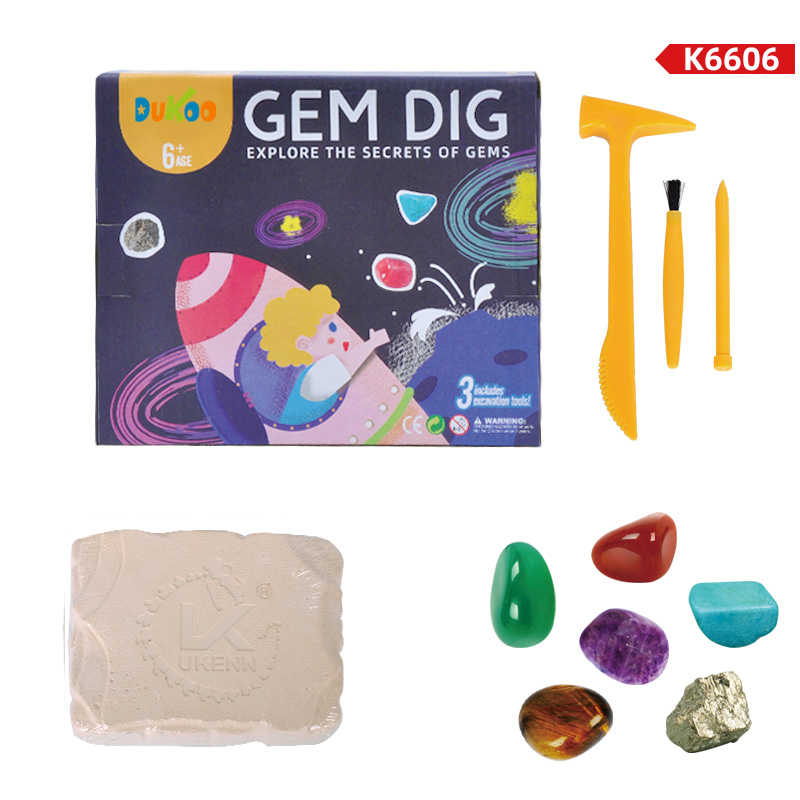Researchers with the Carnegie Museum of Natural History will join a team in South America this week to dig up fossils from two dinosaurs. The group hopes its findings could uncover answers about our planet’s shape over millions of years.
Matt Lamanna, a paleontologist and the museum’s principal dinosaur researcher, and Linsly Church, a curatorial assistant, are among the team flying down for a three-week expedition in Patagonia, a region in the southernmost part of Argentina. Dino Surprise Egg

Once there, they will join a team of South American scientists whom Lamanna has collaborated with several times over the last two decades, though this will be their first meeting since 2018.
The team they will assist has already begun to excavate the remains of two different dinosaurs. There is a chance, Lamanna said, that researchers will find evidence of a species never discovered before; and, even if they do not, each new fossil collected will help scientists learn more about Earth’s past.
“When you’re dealing with animals that are so poorly known, you know, every new find can be another piece in the puzzle, something that advances our knowledge sometimes significantly of these animals,” he said.
The Patagonian team has already located fossils from what they believe are two unique species, according to Lamanna.
One, located in the Bajo Barreal formation, a geographic hotbed for dinosaurs, is a titanosaur, an herbivore characterized by its long neck, long tail and elephant-like body.
While not closely related, Lamanna said the skeleton would look generally similar to Dippy, the bronze dinosaur that stands outside the museum’s Forbes Avenue entrance.
The other set of remains was found by part of the team in 2021. Lamanna said the fossils they have uncovered so far resemble a hadrosaur, or a duck-billed dinosaur.
“But we don't know for sure, so that's going to be part of the fun, digging into that quarry,” Lamanna said.
If it is indeed the duck-billed creature, the finding could open up new questions about these dinosaurs’ geographic origins, migration patterns and evolutionary connections to other prehistoric creatures.
While hadrosaur fossils have been found in North America, they are rarely found in the Southern Hemisphere, Lamanna said.
“And so the mystery is: did they come from North America?" he continued. "Were they there all along, and we just haven’t found them? Do they have a longer history in the Southern Hemisphere continents than we previously appreciated?”
The answer to those questions could also tell researchers something about the way the continents were arranged when dinosaurs still walked the Earth.
“One thing that dinosaurs might be able to tell us is the connectivity between the different landmasses,” Lamanna said. “If you find the same kind of dinosaur in two different places, maybe that means that the animals could still walk back and forth.”
Bringing the record of Southern Hemisphere dinosaurs up
Most of the dinosaurs kept in the halls of the Oakland natural history museum were excavated from sites across the Earth’s northern hemisphere.
Lamanna said, across the field, the record of dinosaurs originating in the northern hemisphere is far better than that of the Southern Hemisphere, even though dinosaurs existed across the globe.
“The only reason why currently we don't have as many Southern Hemisphere dinosaurs is just the history of paleontology has been going on for longer here in the northern hemisphere,” Lamanna said.
Modern paleontology emerged in Europe in the 18th century, although early forms of the science date back to ancient Greek and Roman civilizations, as well as 11th-century Chinese scientists.
Interest then spread to North America, where paleontological activity exploded throughout the 1800s.
Exploration in the Southern Hemisphere is ongoing, but Lamanna said there is still much more left to uncover about how the creatures that lived there differ from those of more northern landmasses.
“As we do paleontology in the Southern Hemisphere and continents—places like South America, Africa, Australia, Antarctica and so forth—we're finding that the dinosaurs that lived there were every bit as spectacular but often only distantly related to their North American and Asian counterparts,” he said.
The museum plans to hold three livestream events to give members of the public a behind-the-scenes look at the work of Carnegie museum staff members in Patagonia.
Expedition Patagonia: In the Field with Titanosaurs - Thursday, February 23, 4 p.m.
Expedition Patagonia: In The Lab with Megaraptors - Tuesday, February 28, 4 p.m.
Expedition Patagonia: In the Field with Patagonia’s Last Dinosaurs - Saturday, March 4, 4 p.m.
Museum officials noted that since the fieldworkers will be based in often remote places with hard-to-predict conditions, all events are subject to be delayed, rescheduled, or canceled due to technical difficulties.
Any live event that is canceled will be shared as a recording as soon as possible or rescheduled to a later date.

Dinosaur Eggs In A Tin Have a tip for the WESA newsroom? Email news@wesa.fm.